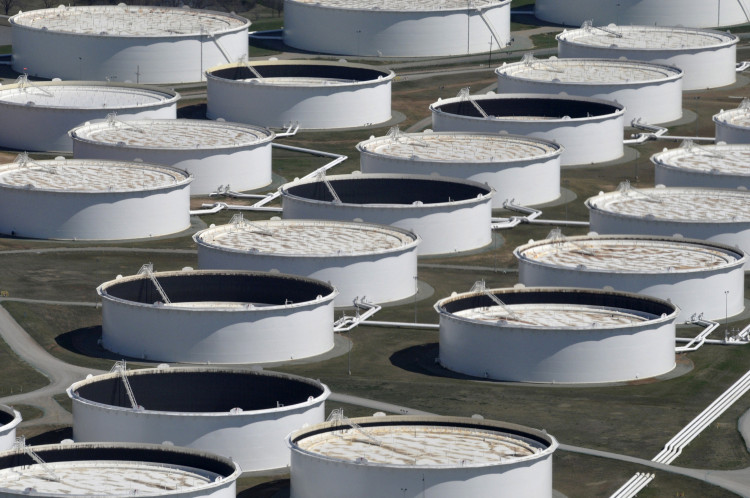Oil prices are on track for a modest weekly gain of around 2% as geopolitical tensions in the Middle East continue to dominate market sentiment. Investors are closely watching developments in the region, with a focus on potential ceasefire talks between Israel and Iran that could ease some of the volatility in global energy markets. By Friday morning, Brent crude futures had risen by 33 cents, or 0.44%, to $74.71 per barrel, while U.S. West Texas Intermediate (WTI) crude was up 31 cents, or 0.44%, at $70.50.
This week's trading has seen oil prices fluctuate, driven by both expectations of escalating conflict in the Middle East and cautious optimism around diplomatic efforts to defuse tensions. The markets rose earlier in the week before retreating midweek as traders assessed the likelihood of a ceasefire. Despite the uptick on Friday, analysts note that the outlook remains clouded by uncertainty.
"Uncertainty makes investors understandably and justifiably pragmatic," said John Evans, an analyst at PVM, highlighting the market's cautious approach to the geopolitical situation. Investors are still awaiting Israel's response to a missile attack by Iran in early October, which could potentially target Tehran's oil infrastructure. Such a move could significantly disrupt global oil supply, further exacerbating price volatility.
The Biden administration is actively working to broker a ceasefire, with U.S. Secretary of State Antony Blinken reportedly leading efforts to bring Israel and Iran to the negotiating table. This push for diplomacy is seen as crucial not only for stabilizing oil markets but also for bolstering the Biden administration's standing ahead of the U.S. presidential election in early November. A successful ceasefire deal could provide a political boost for both President Biden and Vice President Kamala Harris, who is vying for the presidency.
However, geopolitical risks are not the only factor influencing oil prices. Market participants are also grappling with concerns over weakening global demand, particularly in China, where economic growth continues to slow. The International Energy Agency (IEA) recently warned that global demand growth would likely soften, driven by China's economic deceleration and increased adoption of electric vehicles. Despite these demand-side concerns, supply risks tied to the Middle East remain front and center for traders.
Goldman Sachs has left its oil price forecast for 2025 unchanged, expecting Brent crude to trade between $70 and $85 per barrel. The bank noted that while Chinese stimulus measures might provide some support for demand, the overall impact is expected to be modest compared to the potential disruptions to supply from the Middle East.
Meanwhile, next week could prove pivotal for oil markets as major oil companies, including BP, Shell, Chevron, and ExxonMobil, are set to report their third-quarter earnings. These results will provide further insight into the sector's performance amid a year of volatile prices and shifting market dynamics. Reports from Chinese firms such as PetroChina and Sinopec will also be closely watched for signs of how China's economic challenges are affecting its energy sector.
In addition to earnings reports, technical factors are influencing crude oil prices. Analysts point to key levels in oil's recent trading patterns that could signal where prices are headed next. WTI crude has struggled to sustain momentum above pivotal levels, such as $71.46 and $71.68. Failure to break through these levels could open the door for further downside, particularly if ceasefire talks progress in the Middle East.
"If Secretary Blinken can facilitate a ceasefire, or even get the parties to the table, we could see more downside pressure on crude prices," analysts at FXStreet noted. However, if diplomatic efforts stall and tensions escalate, the risk of supply disruptions could drive prices higher once again.
On the technical upside, the 55-day simple moving average (SMA) at $71.68 remains a key target for traders, with the next major hurdle at $75.01. Conversely, on the downside, traders are eyeing support at $67.12, a level that held firm in May and June of this year. If prices break below that, the next levels of support are $64.75 and $64.38, representing the year-to-date low for WTI crude.
Despite the volatility, the overall risk assessment from market analysts remains balanced. "Market participants remain fundamentally torn between supply risks due to the tense situation in the Middle East and demand concerns," Commerzbank analysts noted in a recent report.






